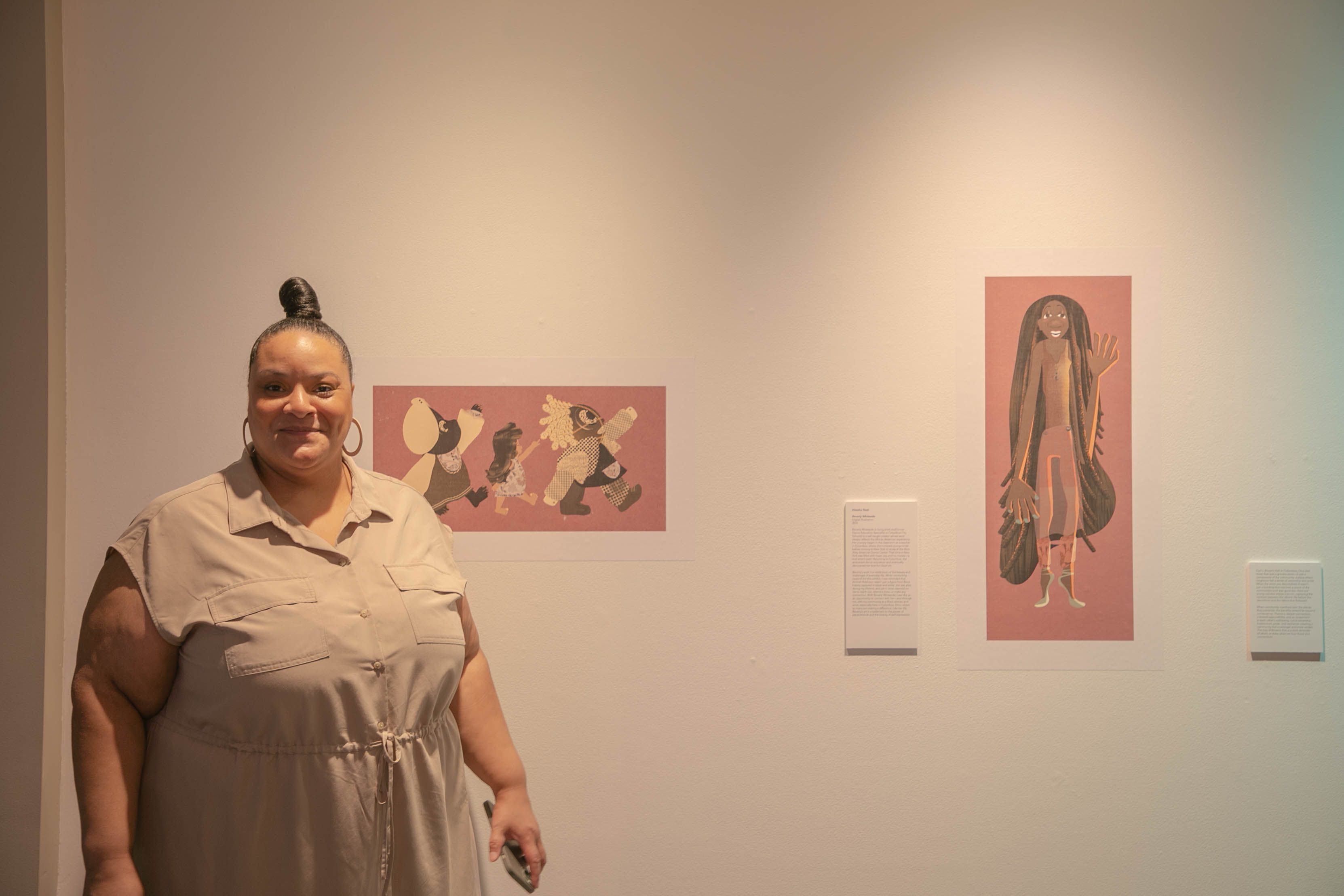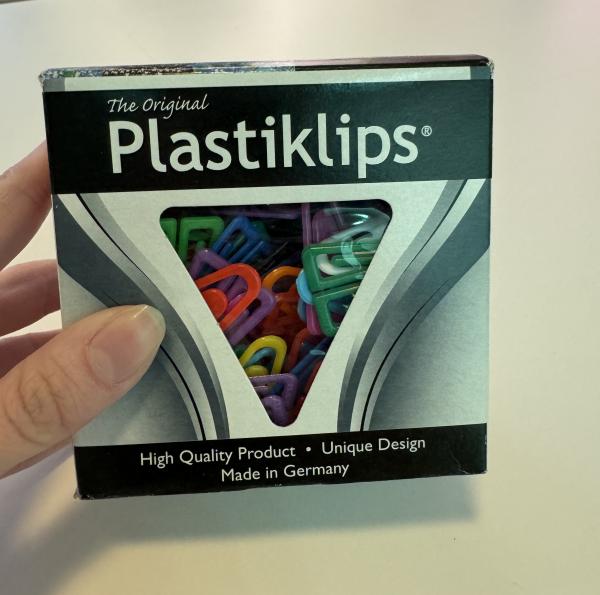Preserving Your History: A Conversation on How to Get Started

Local artist Aleesha Nash shares her interview with Kristen Newby during her Preserving Your History workshop.
As we enter the final week of my exhibition, Illustrating History: Black Columbus, I’ve been inspired by the number of visitors who’ve shared their desire to dig into their own family histories. The exhibition at Urban Arts Space, which runs through September 21, 2024, highlights Black history in Columbus through art, and I’ve been lucky to partner with the Columbus Metropolitan Library’s genealogy department to bring these stories to life. Today, I’m sitting down with Kristen Newby, Special Collections Manager in Local History & Genealogy at Columbus Metropolitan Library, to talk about how you can start preserving your own history—and how the library can help you along the way.

Aleesha Nash: Kristen, thank you so much for joining me today. Throughout the course of this exhibit, I’ve seen visitors feeling inspired to start preserving their own histories. What advice would you give to someone who’s ready to take that first step?
Kristen Newby: Thanks for having me, Aleesha! It’s been exciting to see how your exhibit has sparked that interest in preservation. The first and most important step is to handle your materials carefully. Photographs, documents, and memorabilia should be stored in a cool, dry environment, away from direct sunlight and humidity, which can cause fading and deterioration. Using acid-free folders and boxes can help prevent damage over time.
Aleesha Nash: That makes sense. Many people don’t realize how easy it is for materials to degrade. Are there any common mistakes people should avoid?
Kristen Newby: Absolutely. One of the biggest mistakes is laminating items. While it seems protective, it can trap moisture and lead to damage. Instead, opt for acid-free plastic sleeves or archival-quality covers. Another common issue is using metal paper clips or staples, which can rust and stain your documents. It’s much better to use plastic paper clips or other archival-safe fasteners. And when it comes to gluing items, that’s a definite no-go. Glue can cause irreversible damage, so try to use archival mounting materials, like photo corners.

Aleesha Nash: Those are really helpful tips! How can the Columbus Metropolitan Library support people who are just starting out on their preservation journey?
Kristen Newby: We offer a lot of resources! Local History & Genealogy can help guide you through the process with workshops, one-on-one consultations, and access to genealogy databases. We also provide digitization tools, which are great for preserving fragile items by creating digital copies. That way, you can share them with family members while keeping the originals safe.
Aleesha Nash: That sounds amazing—like the library is a partner in this journey.

Kristen Newby: Aleesha, what would you suggest for someone who may not have items or photos to preserve? How can they still participate in preserving their history?
Aleesha Nash: That’s a great question. If someone doesn’t have physical items or photos, they can still preserve their history through storytelling, writing, and art. Writing down memories—whether they’re your own or stories passed down by family—can be incredibly powerful. You can create a written record that captures important moments in your family’s history. Art is another great way to preserve history. I’ve used my artwork to tell the stories of Black Columbus and to honor those who may not have had their stories documented in traditional ways. So, even if you don’t have tangible items, you can still create something lasting through creative expression.
Kristen Newby: I love that! It shows that preserving history isn’t just about what you have—it’s about how you capture and share your story, whether that’s through objects, words, or art.
Aleesha Nash: Exactly. We all have something valuable to contribute, whether it’s through a photograph, a painting, or the stories we tell.
Thank you, Kristen! I know this conversation will be incredibly helpful for people looking to preserve their histories and memories. It's inspiring to see how many ways people can keep their stories alive, whether they’re starting with family heirlooms or creating something new through writing and art.
Kristen Newby: Thank you, Aleesha! It’s been a pleasure to be part of this conversation and to see how your exhibit has sparked so much interest in preserving personal histories. We’re here to help guide people every step of the way.
If you have questions for Kristen Newby and the library staff about preserving your family’s memories, email them at history@columbuslibrary.org.
